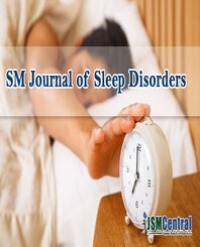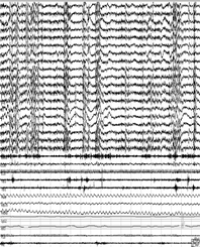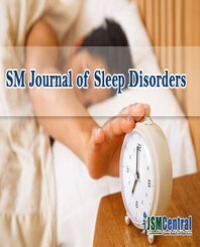
Sleep Deprivation A Mini Review
Sleep is an important process for human beings in order to keep many biological functions in a healthy recycle. However, several factors affecting sleep could induce too many sleep disorders in modern society, such as sleep deprivation. Sleep deprivation has complex biological consequences inducing different biological effects, such as neural autonomic control changes, increased oxidative stress, altered inflammatory and coagulatory responses and accelerated atherosclerosis. This mini review summarizes consequence of sleep deprivation and its effects on the treatment of depression in different studies in order to have a better understanding of the impact of sleep deprivation on the equilibrium at multiple levels of sleep deprivation.
Qi-Chang Lin* and Dong-Dong Chen




